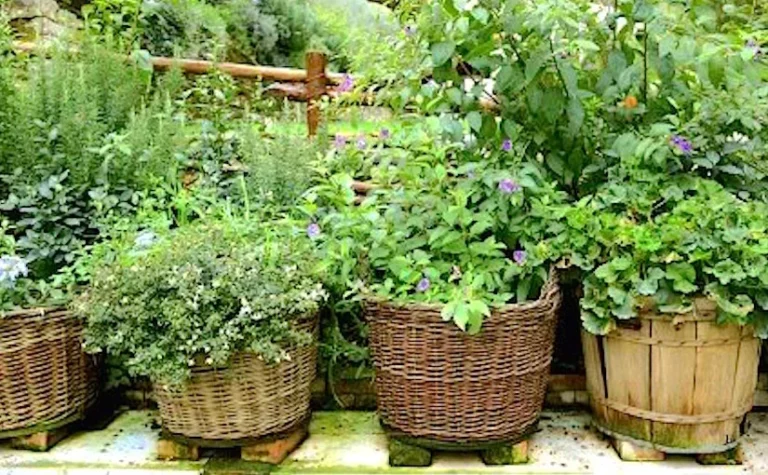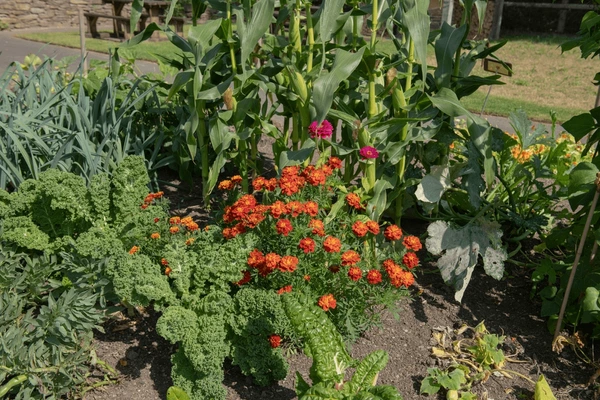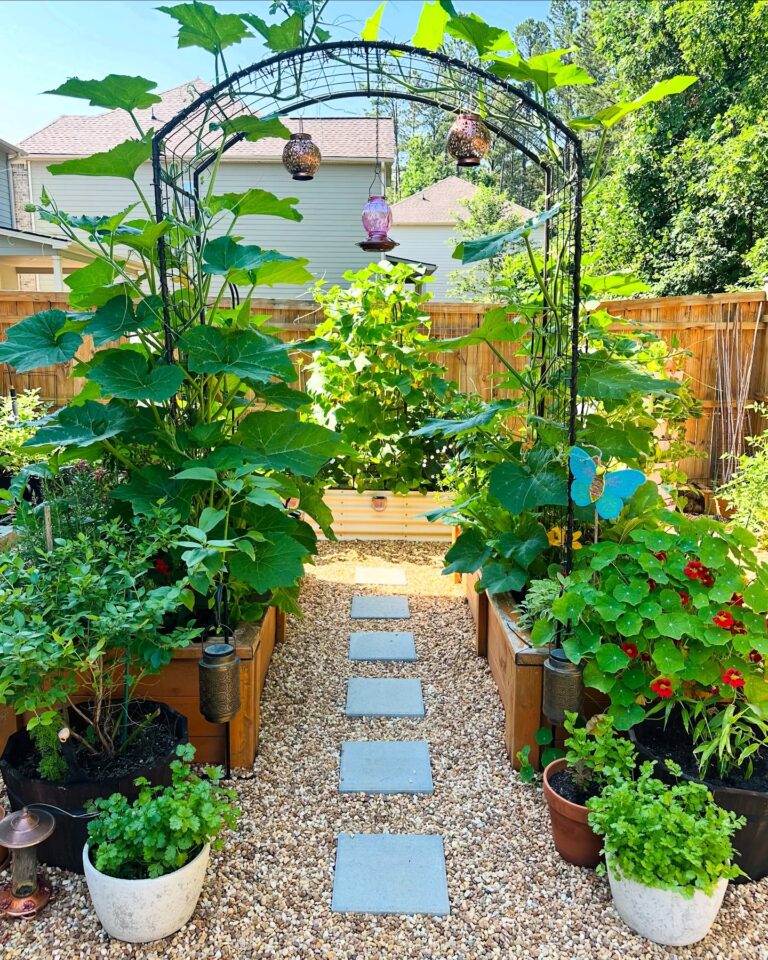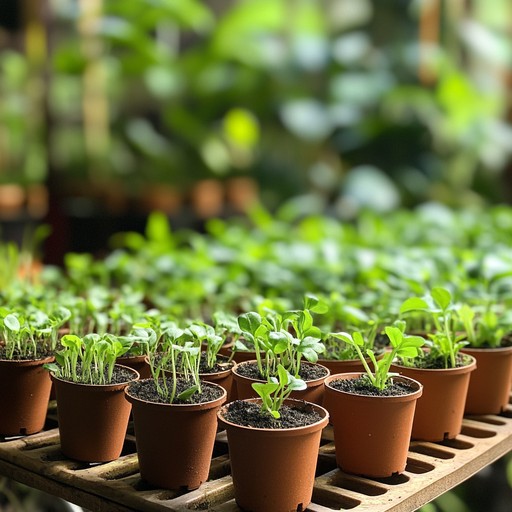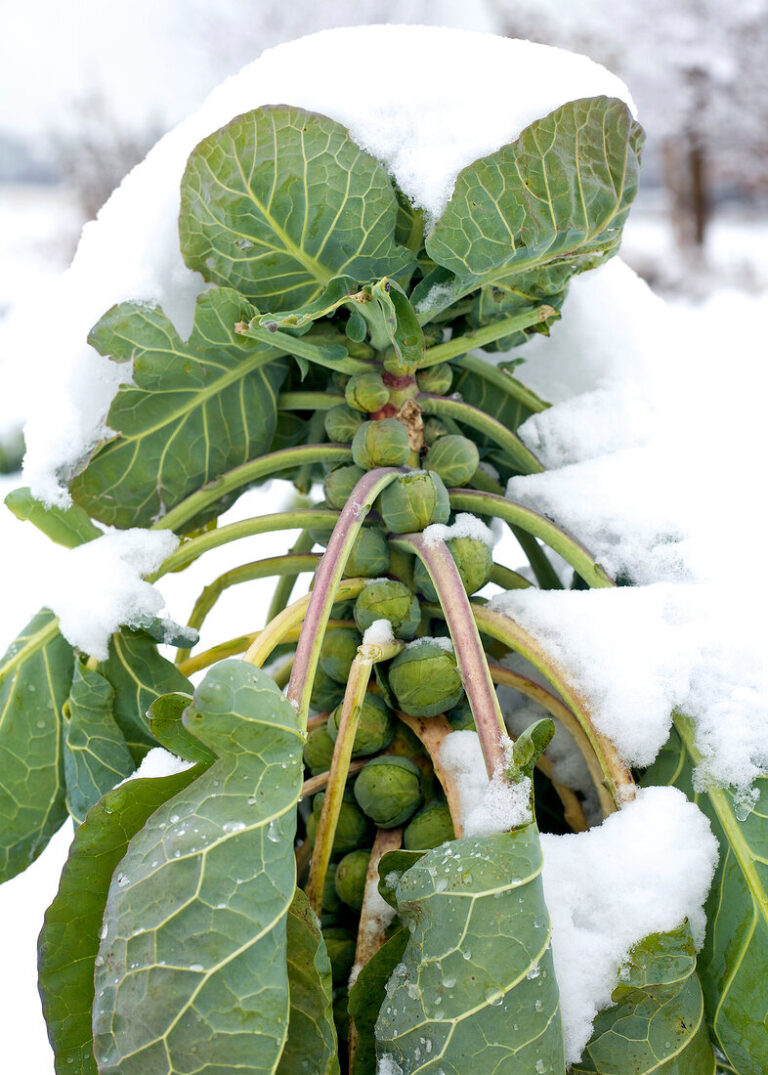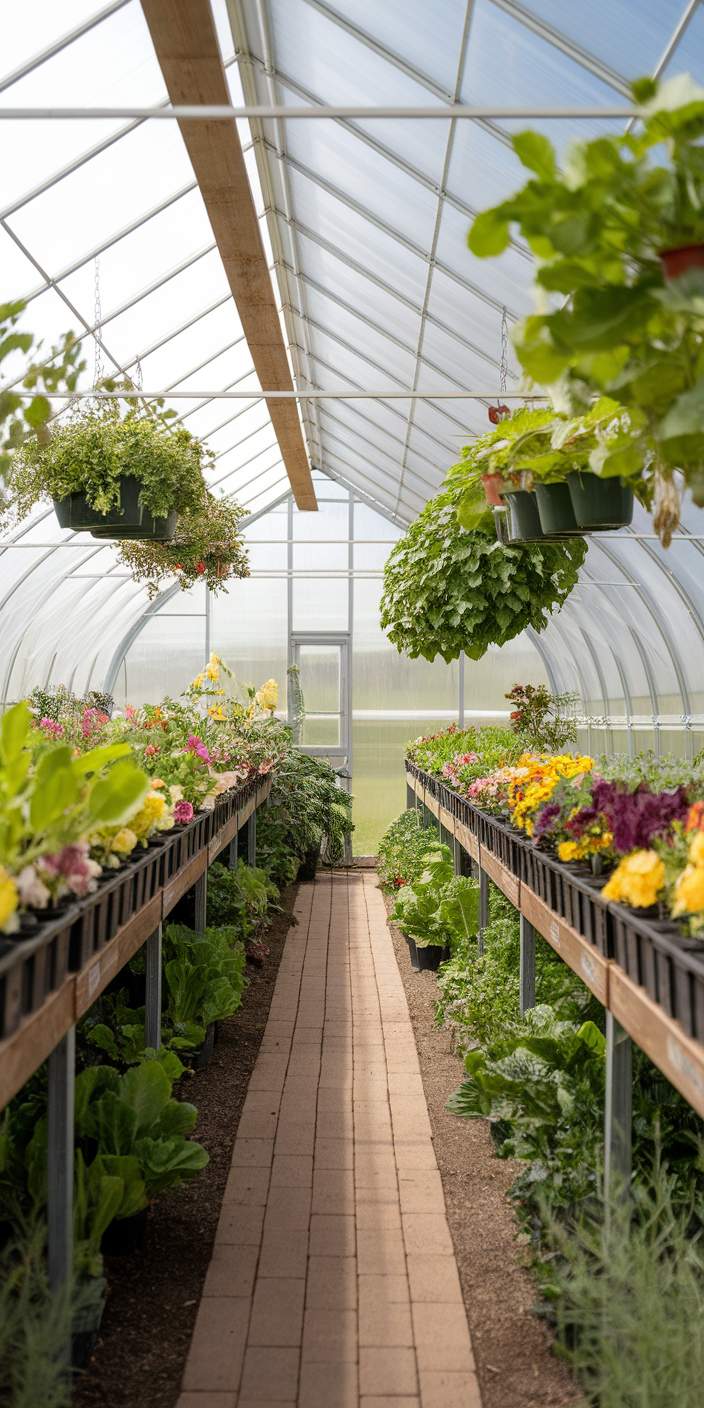How to Grow Cherries: A Backyard Grower’s Guide
Growing cherries might sound like something reserved for big orchards or fancy estates, but honestly? You can do it right in your backyard.

Whether you’ve got a little patch of lawn or a full-on mini homestead, cherry trees can bring some serious beauty—and fruit—to your space.
Let’s walk through it all, from choosing the right tree to that magical first harvest.
Picking the Right Type of Cherry Tree

Not all cherries are created equal. First thing you’ve got to decide is: do you want sweet cherries or sour cherries?
- Sweet cherries (like Bing or Rainier) are what you’d snack on straight from the tree. They’re juicy and rich and usually need a bit more warmth.
- Sour cherries (like Montmorency) are more tart—perfect for pies, jams, or tossing with a sprinkle of sugar. They’re also a bit more forgiving when it comes to colder zones.
If you’re in USDA zones 5 to 7, you’re in luck—most cherries will do fine there. Sour cherries are a little hardier, so if you get those cold Midwest winters, they might be your best bet.
Finding the Best Spot to Plant

Cherries love the sun. The more rays, the better. Aim for a location that gets at least 6 to 8 hours of direct sunlight every day.
You also want to plant them somewhere with well-draining soil. Soggy roots are a no-go. A little bit of a slope is ideal, just so water doesn’t pool around the base.
Avoid planting in low-lying areas where cold air settles—frost can damage those delicate spring blossoms.
When to Plant Cherry Trees

If you’re starting with bare-root trees (which is usually the case), the best time to plant is early spring, once the soil is workable but before the tree starts budding out.
Live in a milder climate? You could also plant in late fall, giving the roots time to settle in before winter.
How to Plant a Cherry Tree
Once you’ve picked your spot, here’s the basic planting rundown:
- Dig a hole about twice as wide as the root ball but no deeper than the roots were growing in the pot.
- Gently spread out the roots if they’re all bunched up.
- Place the tree so the graft union (that knobby part above the roots) sits a couple inches above the soil line.
- Backfill with soil, press it down gently, and water deeply.
Add a layer of mulch around the base (but not right up against the trunk) to keep moisture in and weeds out.
Do Cherry Trees Need a Pollinator?

This is a biggie. Some cherry trees are self-pollinating, meaning they can produce fruit on their own. Others need a buddy.
- Sour cherries are usually self-pollinating.
- Sweet cherries often need another variety nearby to cross-pollinate.
So if you’re planting sweet cherries, plan for at least two compatible varieties for the best results.
Watering and Feeding Your Cherry Tree

Young trees need consistent moisture, especially their first year. Water deeply once or twice a week, more if it’s really hot.
Avoid overdoing it though—cherry trees hate soggy feet.
As for feeding, a light application of balanced fertilizer in early spring (something like 10-10-10) will help them get going. Don’t overdo the nitrogen, or you’ll get lots of leafy growth and not much fruit.
Pruning Cherry Trees for Health and Fruit

Pruning might sound intimidating, but it’s key. Start while the tree is still young.
You want to:
- Open up the center of the tree so sunlight can reach all the branches.
- Remove crossing or inward-growing limbs.
- Trim back long whippy growth to keep it tidy and productive.
Late winter or very early spring (before buds break) is the best time to prune.
Pests and Problems to Watch For

Cherries are a treat for you… and every critter in the neighborhood.
Here are a few common issues:
- Birds: Netting helps keep your harvest safe.
- Aphids or scale: Neem oil or insecticidal soap can help.
- Brown rot: A fungal disease that hits blossoms and fruit—look for shriveled flowers or brown spots. Prune well and avoid wetting the leaves when watering.
When Do Cherry Trees Start Producing?

You’ll need a little patience here. Most cherry trees won’t produce much (if anything) their first 2–3 years. But once they hit their stride? You’ll be swimming in cherries every summer.
Sweet cherries typically start fruiting in 4 to 7 years, while sour cherries are a bit faster—around 3 to 5 years.
Harvesting Your Cherries

When cherries are fully colored, slightly soft, and taste just right—go for it.
Use garden scissors or gently twist and pull the stem. Try not to yank too hard or damage the branches. And pick in the cooler part of the day if you can—fruit stays fresher that way.
Final Thoughts
Growing cherries might take a bit of time and TLC, but the payoff is unreal. Just picture it: glossy red (or yellow!) fruit hanging like jewels in the summer sun, and you get to say, “Yep, I grew those.”
Whether you’re a pie lover, a backyard snacker, or just like the idea of a blooming tree in spring, cherries bring a whole lot of joy to the garden.


